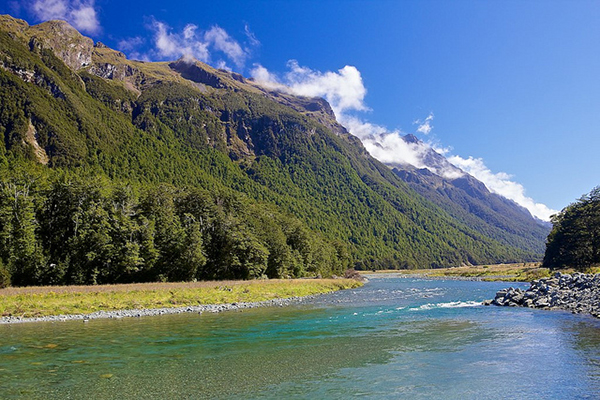As our rivers have been getting murkier over the past few years, the quality of public information has been heading in the same direction. That has all changed with the launch of Land, Air and Water Aotearoa (LAWA).
LAWA is a brave move by Local Authorities, and one that should be applauded. It lays open their river information for the public to see, in ways that they can actually understand. This makes it pretty cutting edge in the government space, particularly when it comes to fresh water.
Yet this sort of information is essential to have a grown up public debate about the tradeoffs we face between the environment and certain industries that tend to use or degrade our fresh water. In fact the Government’s approach puts local communities front and centre in deciding how their fresh water should be used and/or abused. The catch cry is for river quality to be stable or improve, but they have chosen to delegate how that will actually happen to local areas to decide for themselves. Will this process result in clear babbling brooks or will they be mired by lack of resource, confusion and industry capture? That is what we are trying to work out right now. Either way, the sort of information in LAWA is an excellent start.
Fresh water is an area plagued by patchy data, which leaves room for some pretty big disagreements between reasonable people. Government spin doesn’t help. Just last year the Ministry for the Environment (or someone in the Minister’s office) produced some fantastic weasel words to make it look like water quality is actually improving in our country. It provides good fodder for the dairy industry to quote, but it doesn’t make it true. The fact is that water quality data is unreliable, so most of the time there is no detectable trend. Using that fact to claim that the majority of sites are stable or improving is a leap of logic that defies gravity. Particularly when the government’s scientific experts on the topic (NIWA) says things are pointing in the other direction.
Projects like LAWA are a refreshing change in this context. The information is presented clearly and openly without spin or attempts to hide behind the complexity in the data. If a river is being degraded, it says so. The data visualisation was actually designed based on what people want to know about their local river. So next time before you go for a swim in your local river, check it out. Then decide whether you think that the river quality in your area is good enough, and whether it looks likely to stay that way. If you have concerns, you can ask your Regional Council to be part of a process to have your say. We think all rivers should be swimmable, but you will have to have your say if you want it to happen.

